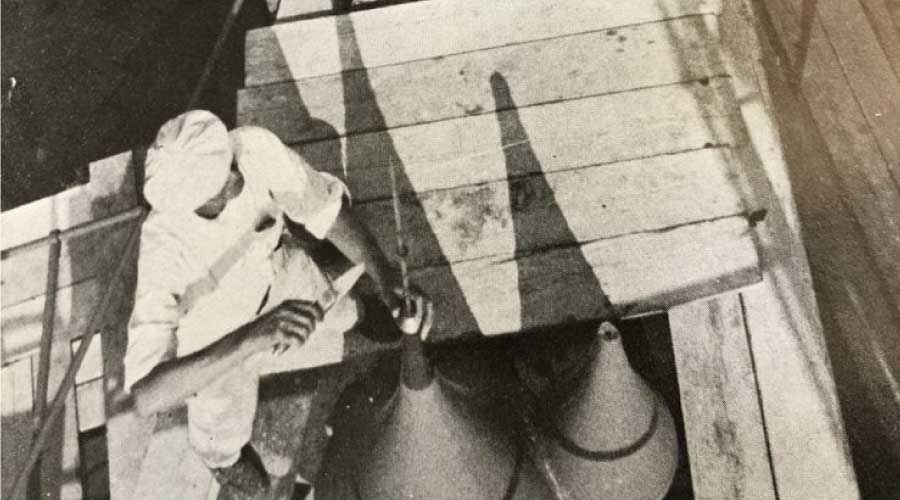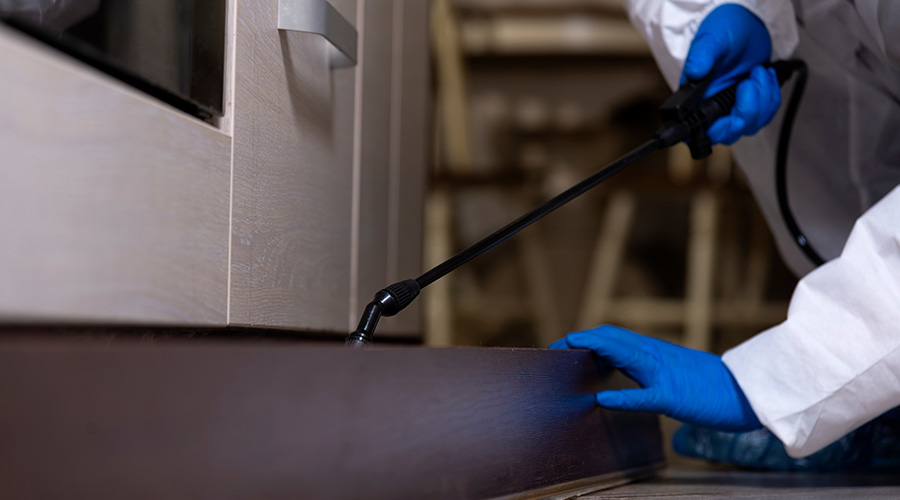Old buildings as ancient history? Hardly
 The house my wife and I live in was built in 1929. By many reckonings, it’s not an old house. A good many other houses in the city date back into the early 1800s, and other cities in other parts of the country feature much older buildings.
The house my wife and I live in was built in 1929. By many reckonings, it’s not an old house. A good many other houses in the city date back into the early 1800s, and other cities in other parts of the country feature much older buildings.
Still, our house is more than old enough for us. When we bring in a contractor to do some work, there’s the inevitable pause when I point out the offending piece of equipment or structural feature. More than a few times, I’ve heard some version of this statement: “Boy, I don’t think they make those anymore.”
Despite the challenges, we love the house. It has character and history, not to mention our memories and quality workmanship that speaks of another time. And we appreciate those characteristics because we know that despite the occasional mystery leak and structural tic, the house’s structure and foundation have withstood the tests of time.
And no matter how vexing our home repair experiences are, they can’t compare to those of the facilities management department at the College of William and Mary. The department deals daily with a collection of historic structures that date from the late 17th Century. The cover story this month profiles the department’s efforts to help renovate the 300-year-old Sir Christopher Wren Building, one of three buildings on the college’s historic campus.
In helping to plan and carry out the two-year renovation, the department’s staff had to both help protect the building’s historic fabrics and materials and ensure the finished project was maintainable. These challenges weren’t easy to solve.
Says Louise Lambert Kale, executive director of the historic campus,“With historic buildings, even routine repairs can be very expensive.”
Still, the work seems to be well work the effort. Just as my wife and I think of our house as our home and a place of many good memories and important events, the college refers to the Wren Building as “the soul of the College” for three centuries.
Maintenance might not be about saving souls, but preserving history for the next generation is an admirable effort, to say the least.
Related Topics:








 The house my wife and I live in was built in 1929. By many reckonings, it’s not an old house. A good many other houses in the city date back into the early 1800s, and other cities in other parts of the country feature much older buildings.
The house my wife and I live in was built in 1929. By many reckonings, it’s not an old house. A good many other houses in the city date back into the early 1800s, and other cities in other parts of the country feature much older buildings.


